2025 Renault 4 Review: What Difficult Second Album?
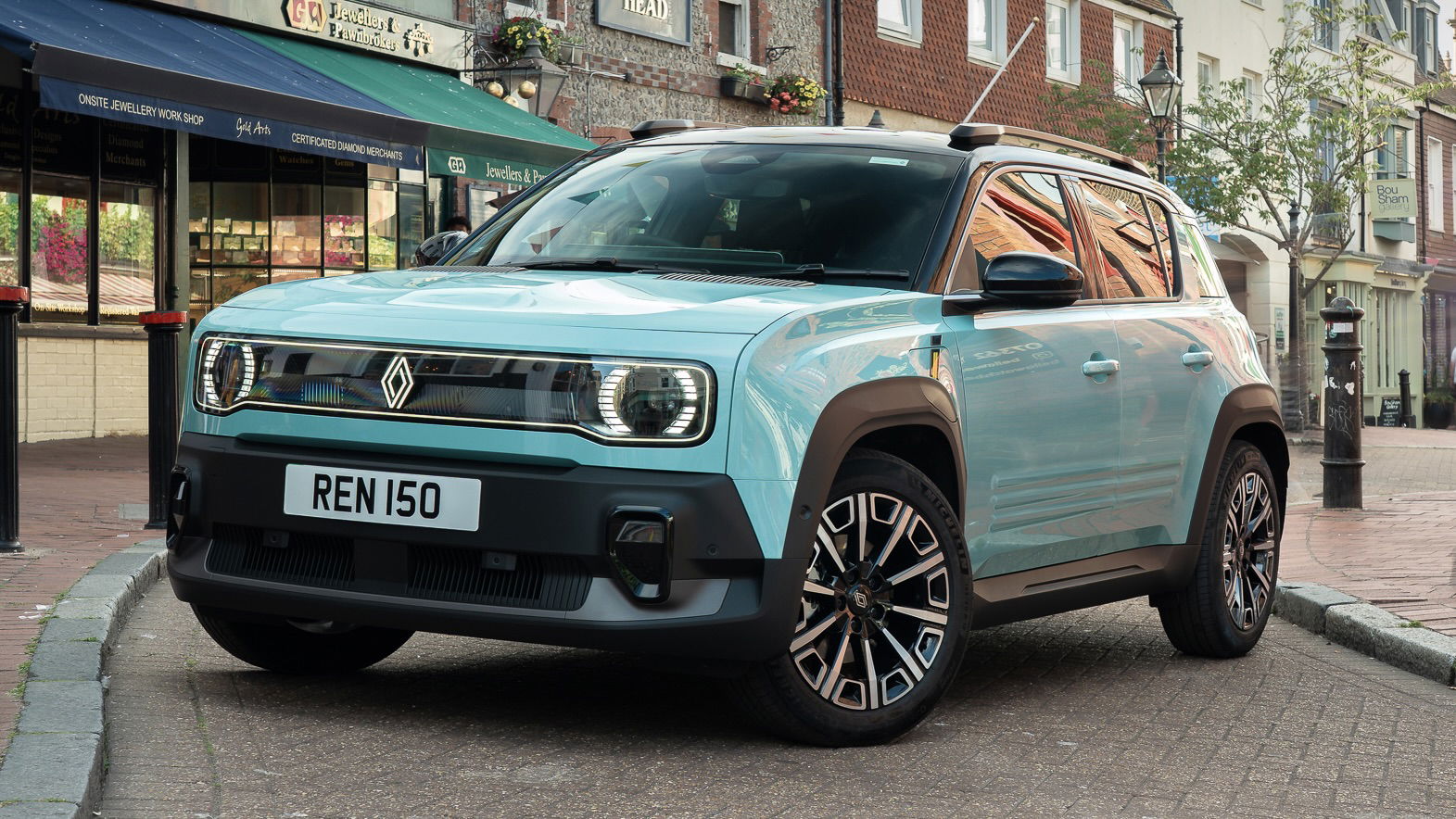
Pros
- All the good bits of the 5 in a bigger packageFantastic value
Cons
- Not quite as charming as its little siblingA few interior irritations
The new Renault 4 E-Tech has a tough act to follow. It’s part deux of Renault’s trio of retro-styled electric revivals of classic names, sandwiched between the 5 and Twingo. That 5’s been a runaway hit – it’s swept up awards and five-star reviews, seems to be doing way more to make people care about EVs than any mega-power Rimac or farting Tesla, and has been the subject of more questions directed at me from non-car people than anything else during my (admittedly short) car writing career.
No pressure, then. The 4 gets off to a good start, though. As enthusiasts, a car like this – a small electric crossover – should get us about as excited as a documentary about wallpaper paste manufacturing. However, it looks brilliant, doing what all the best retro car designs should: recognisably updating the source material while still feeling fresh and never too kitschy (although the optional wicker baguette holder for the interior arguably treads a very fine line).
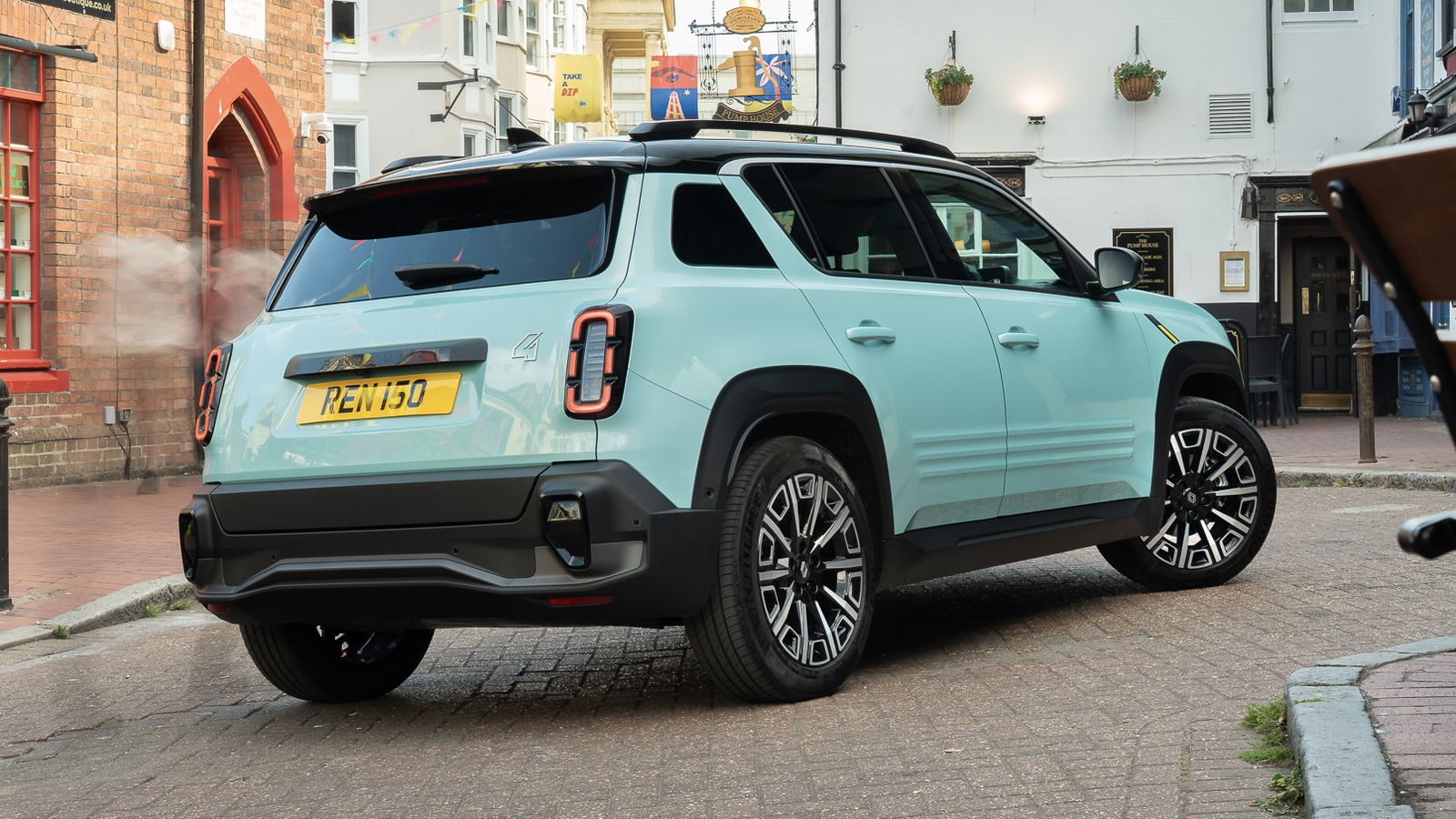
With its more muted colour palette and less expressive face, it perhaps doesn’t lay on the charm quite as thickly as the 5, but it’s still, in our eyes, the sweetest-looking thing in its class by some margin. It’s more interesting than things like the Ford Puma Gen-E and BYD Dolphin, and nails the cutesy retro thing better than the Fiat 600e and Mini Aceman.
More good news comes in the fact that it shares plenty with the 5, including its interior architecture. The latter means you get the same comfy, bucket-ish front seats, proper physical climate controls, and an interesting selection of materials with above-average quality for the class. Next year, it's getting the option of a roll-back fabric roof, too.
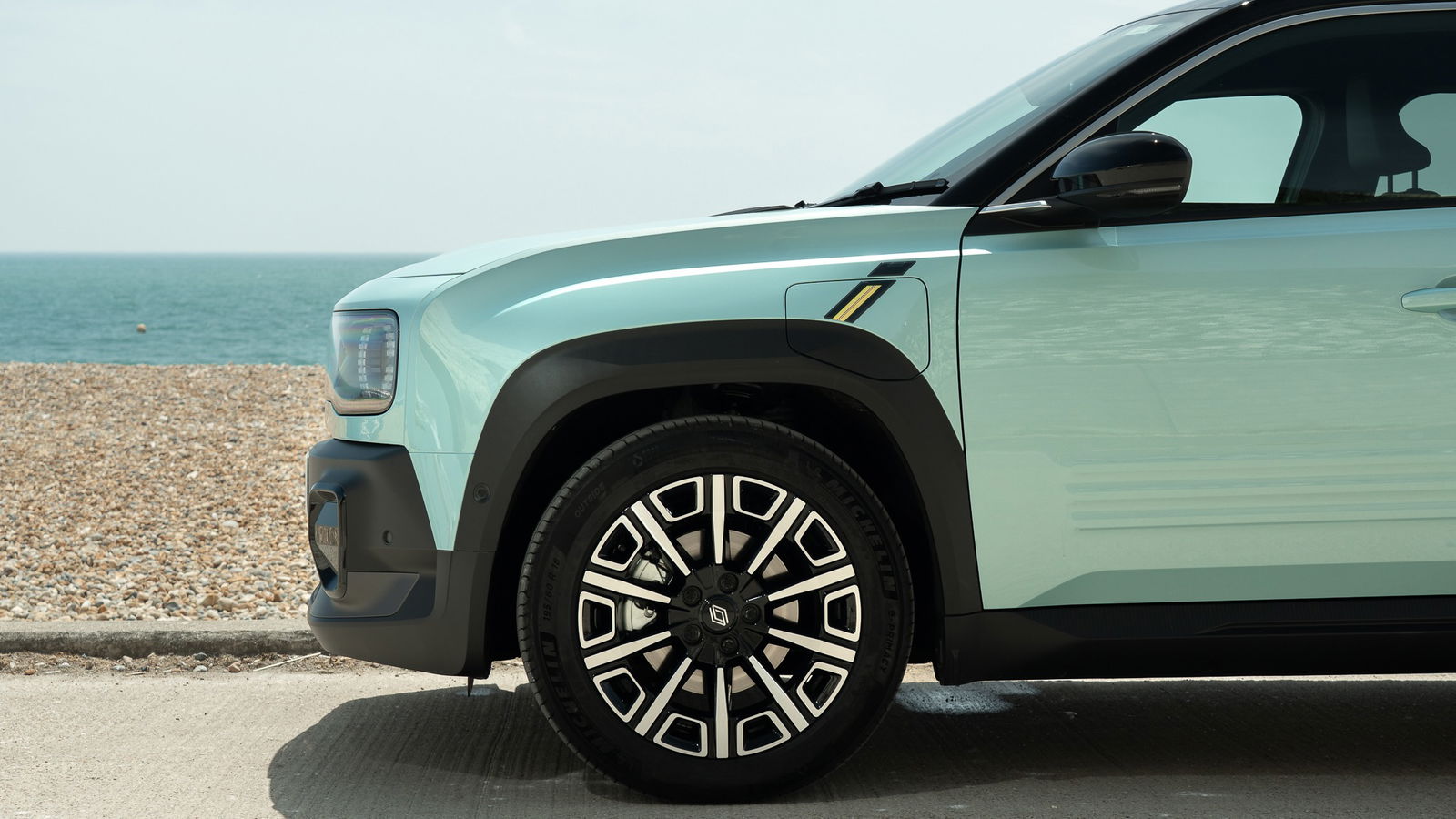
Kit levels are acceptable across the range, with the basic Evolution trim still getting cruise control and phone mirroring. On the middle Techno trim upwards, meanwhile, the infotainment and nav runs off Google software.
In a move that might briefly confuse punters, the 4 is the bigger, more family-friendly car than the 5. It’s roomy for its size, with excellent headroom and passable rear legroom for a car, naturally aided by the bespoke flat-floored EV platform. Its 420 litres of boot space is better than most rivals bar the Puma, which has its enormous ‘GigaBox’ underfloor storage area up its sleeve.

There are a couple of irritating ergonomic quirks, though. The doorbins are weirdly shallow, and bigger stuff can fall out of them quite easily, and Renault’s column-mounted automatic gear selector is one of the most infuriating in the business. The company’s still persisting with its weird little audio control stalk behind the steering wheel too, which takes a bit of getting used to for newbies. These, though, are the only real blemishes in an otherwise lovely cabin.
While other parts of Europe can get the 4 with a lower-powered 118bhp motor, we only get the top powertrain in Britain. It sends 148bhp and 181lb ft through the front wheels, making for an 8.2-second 0-62mph run and a 93mph top speed. These figures are completely and utterly adequate for a small electric crossover.

The battery has a 52kWh usable capacity, and while Renault quotes a peak range of 247 miles, we were getting an indicated 215-ish on a full charge in warm weather. This works out at a respectable 4.1m/kWh, with the usual proviso that this starts dropping on the odd jaunt out of town. Either way, the range is pretty much bang-on average for its class, and plenty for most journeys. Renault quotes a neat 30 minutes to go from 10 to 80 per cent on a rapid charger, and we found that on a kerbside-spec 22kW unit, it went from 60-ish per cent to full in around 90 minutes.
It’s definitely in an urban setting where the 4’s at its happiest, where the usual EV zippiness and smoothness pairs with a proper one-pedal mode that’ll bring you to a complete stop without touching the brakes. It rides like a French car should, too – pillowy soft, but never wallowy and uncontrolled.
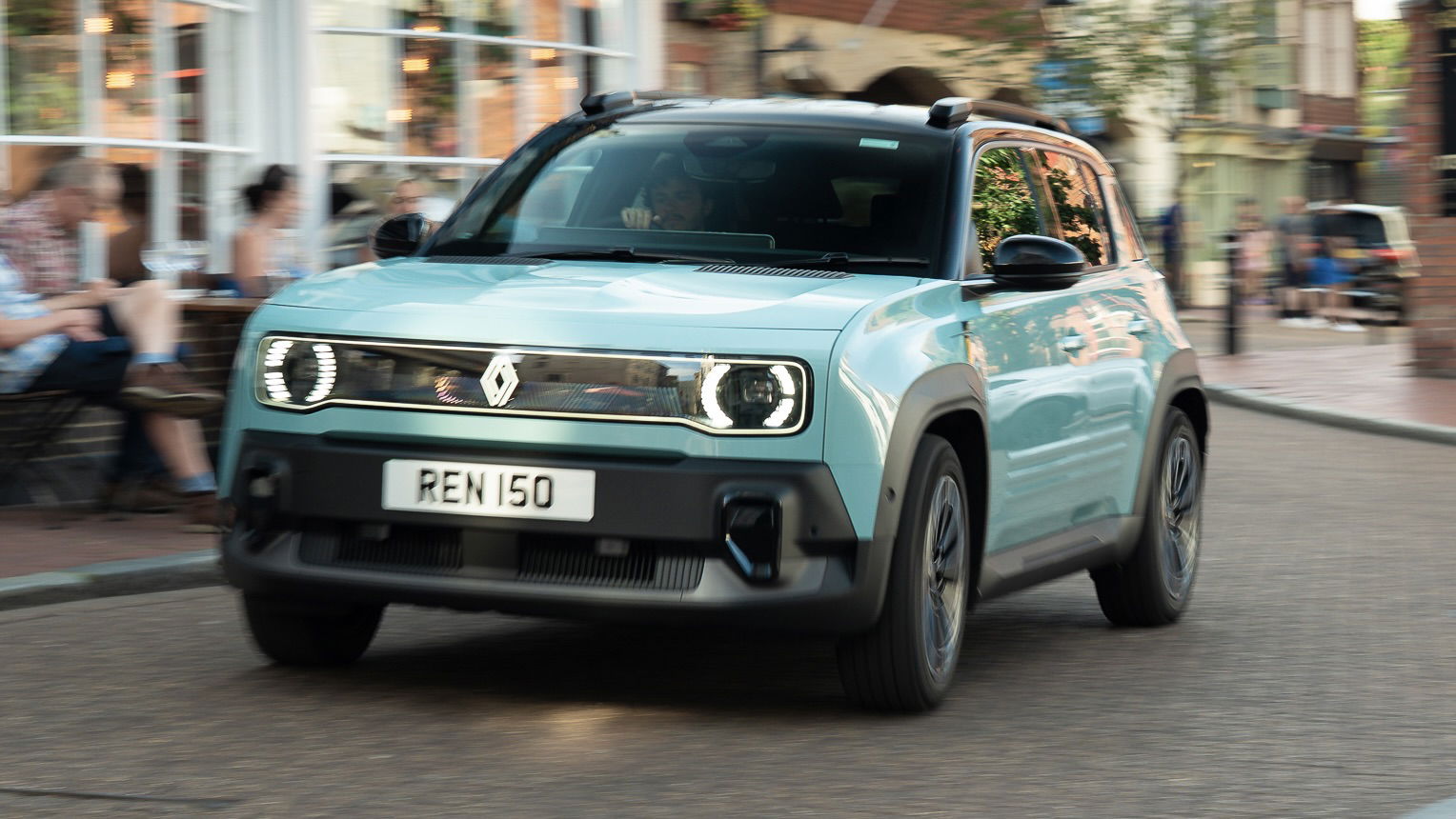
It never embarrasses itself out of town, either. It sits quietly and comfortably on a dual carriageway, and while it’s not quite as nimble as the smaller 5, it has accurate steering, ample power and a ride that stays composed regardless of the surface. There’s a fair amount of body roll if you try to really push it, but at the end of the day, this isn’t some hunkered-down hot hatch, and hey – it’s accurate to the original, if nothing else.
The most impressive trick the 4 pulls, though, is the value it represents. Pricing starts at £26,995, a handy drop over rivals like the Puma, 600e, Aceman and Dolphin. The Citroen e-C3 Aircross beats it on price and space, but can’t match its range or performance – and none of them can hold a candle to the Renault’s sheer likeability. At the time of writing, the 4 has just been confirmed as eligible for an extra £1500 off with the UK’s new EV grant, too.
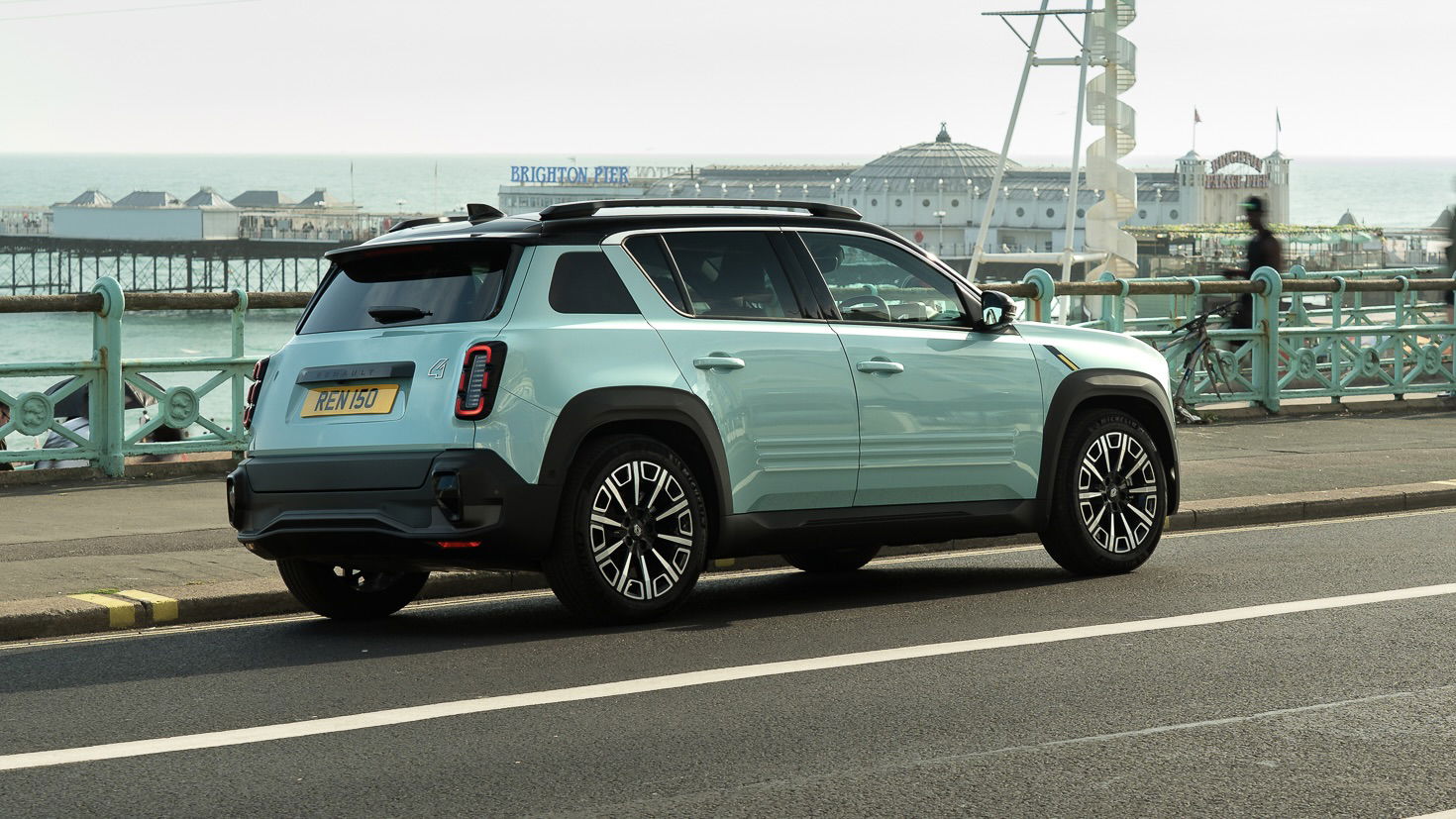
Basically, the 4 takes everything that makes the new 5 so good – the spot-on retro design, the pleasant drive, the excellent interior – puts it in a slightly more practical package, and keeps it affordable next to its biggest rivals. What’s the catch? Erm, we’re not sure. Renault, it seems, has caught the rest of the segment napping again.
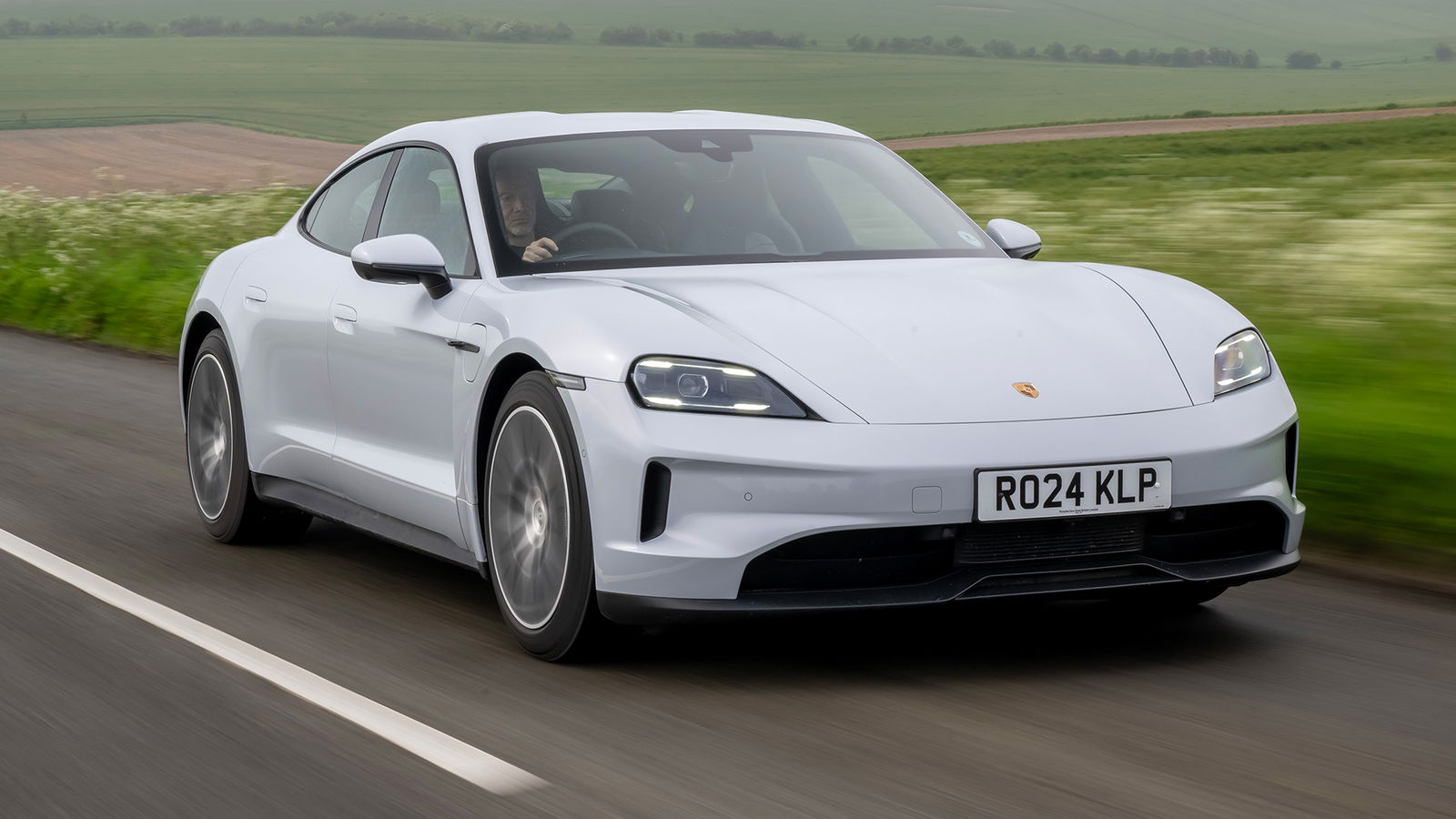
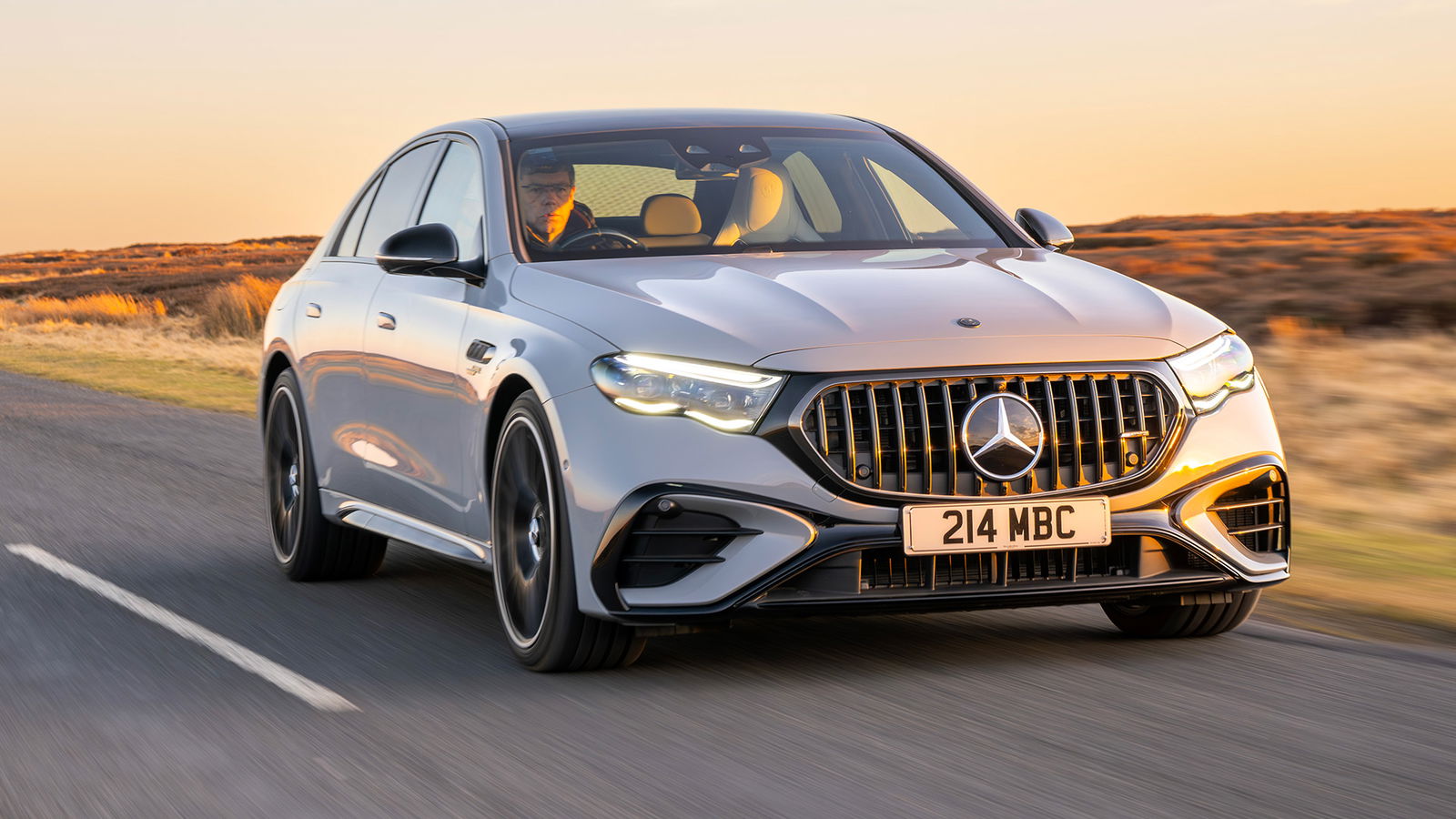







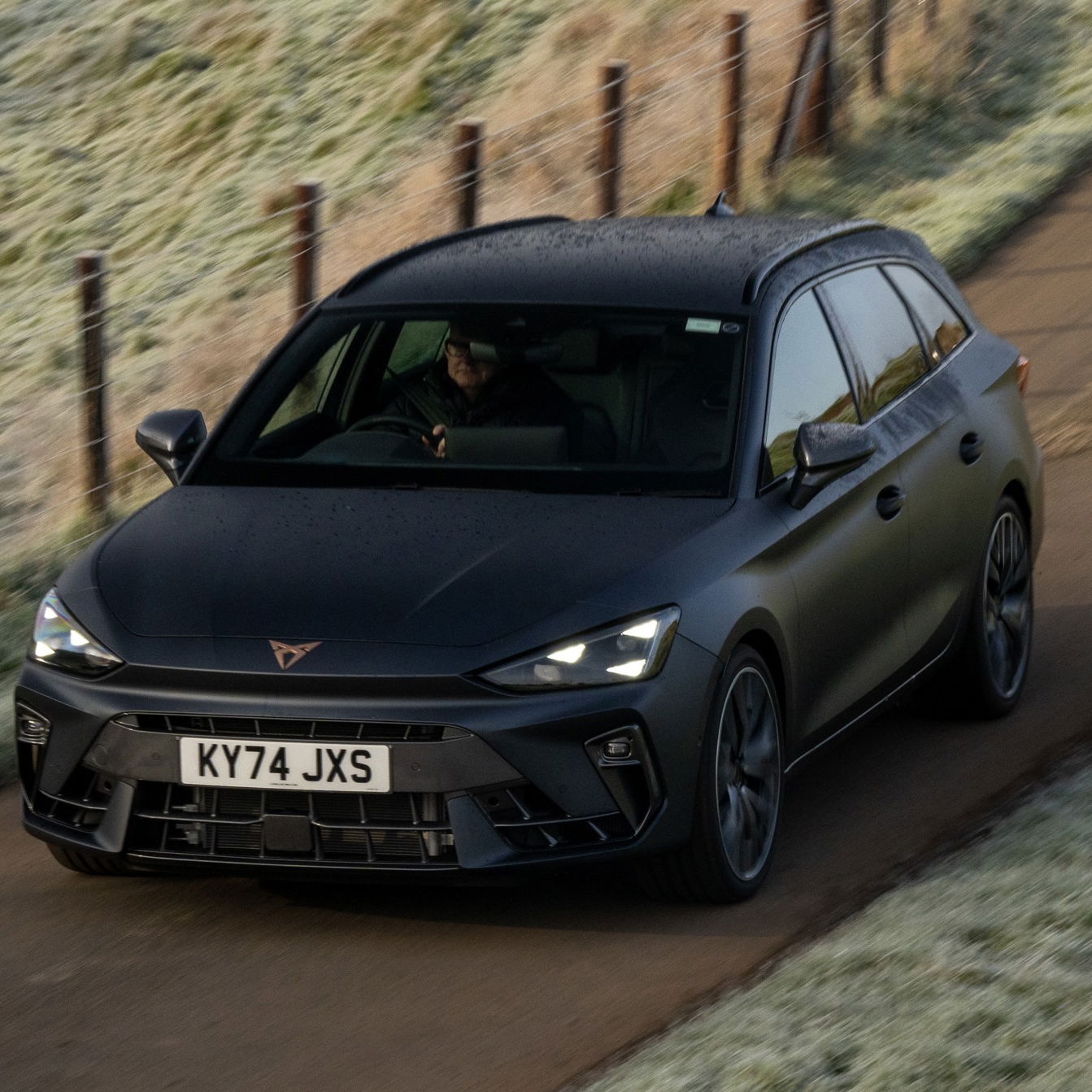
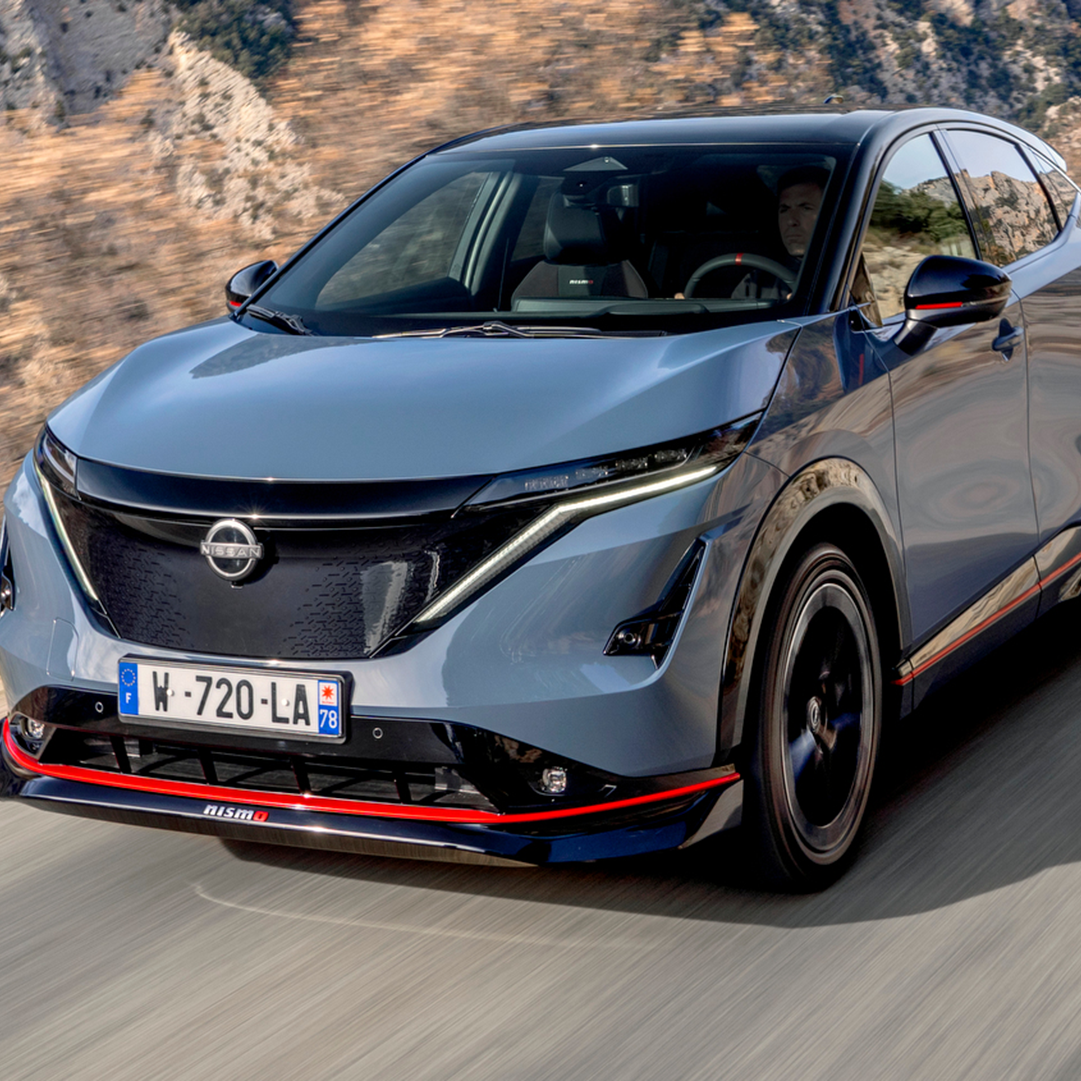
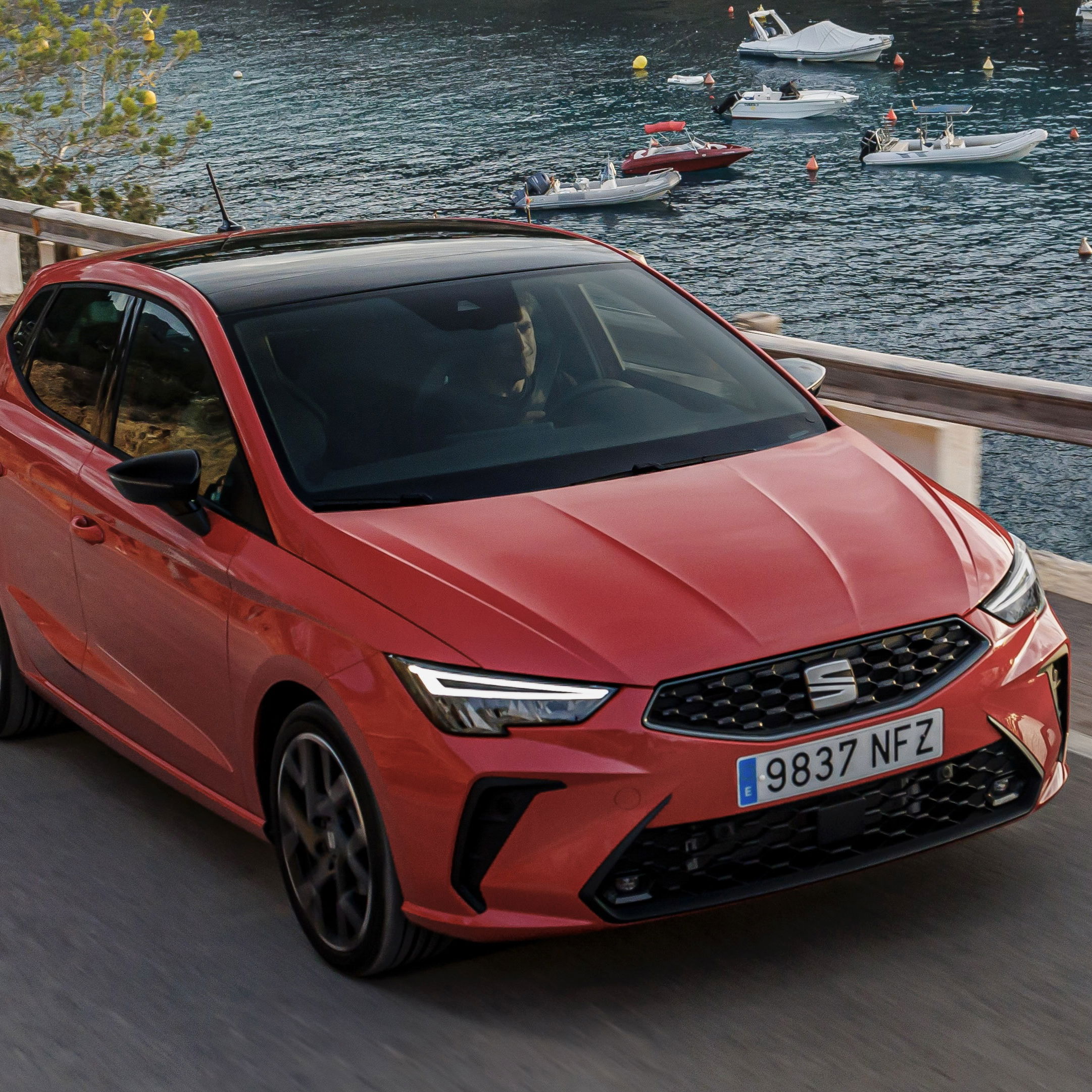

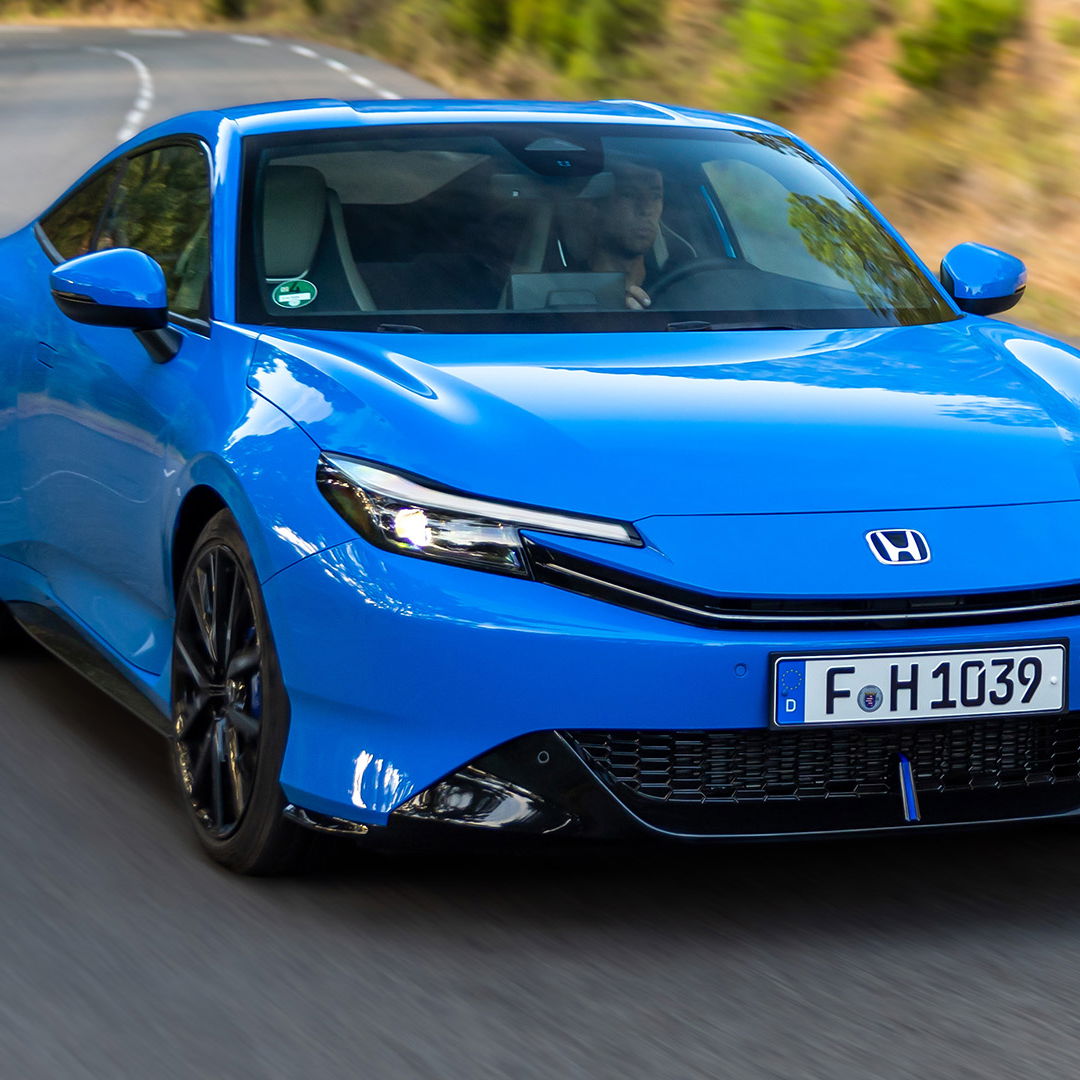
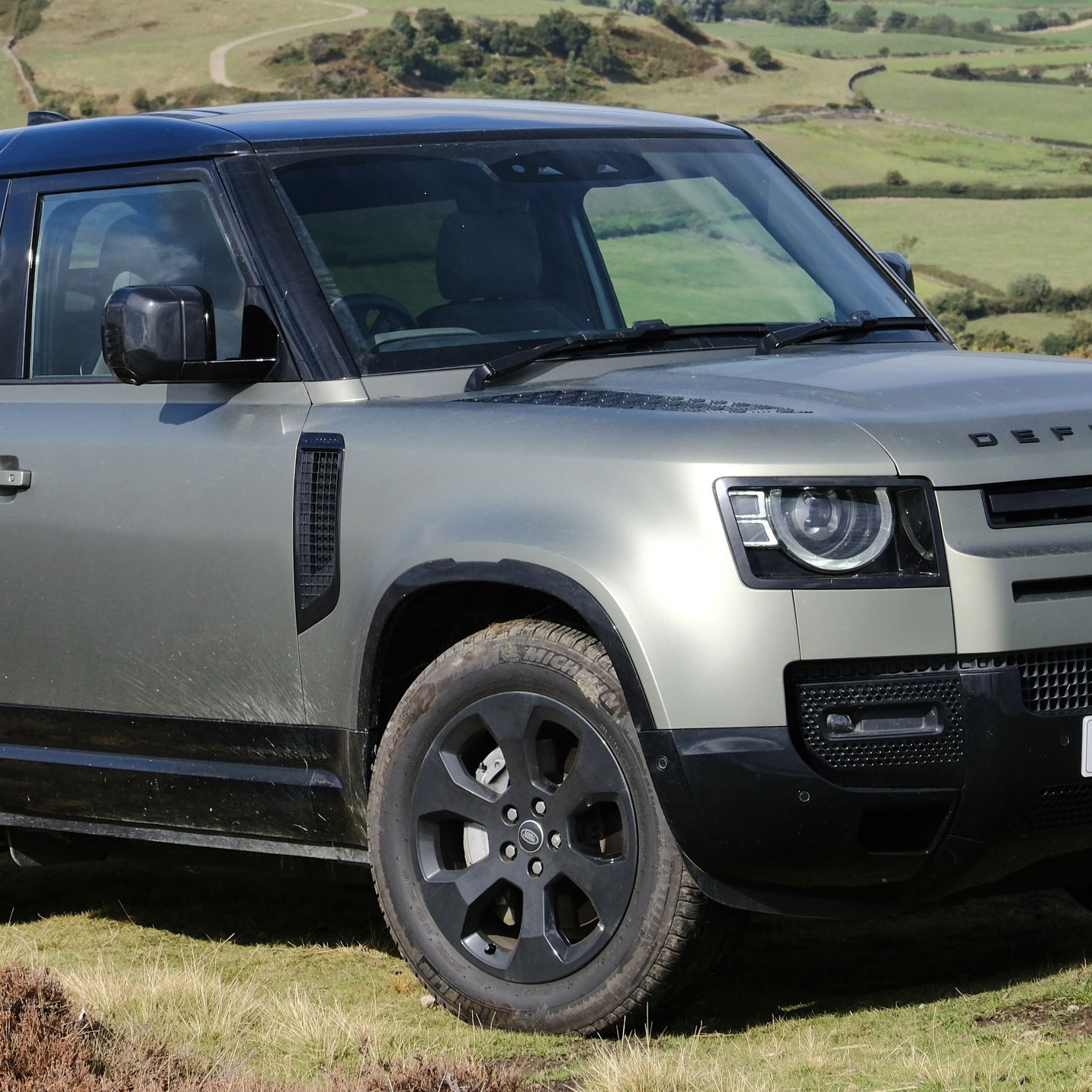
Comments